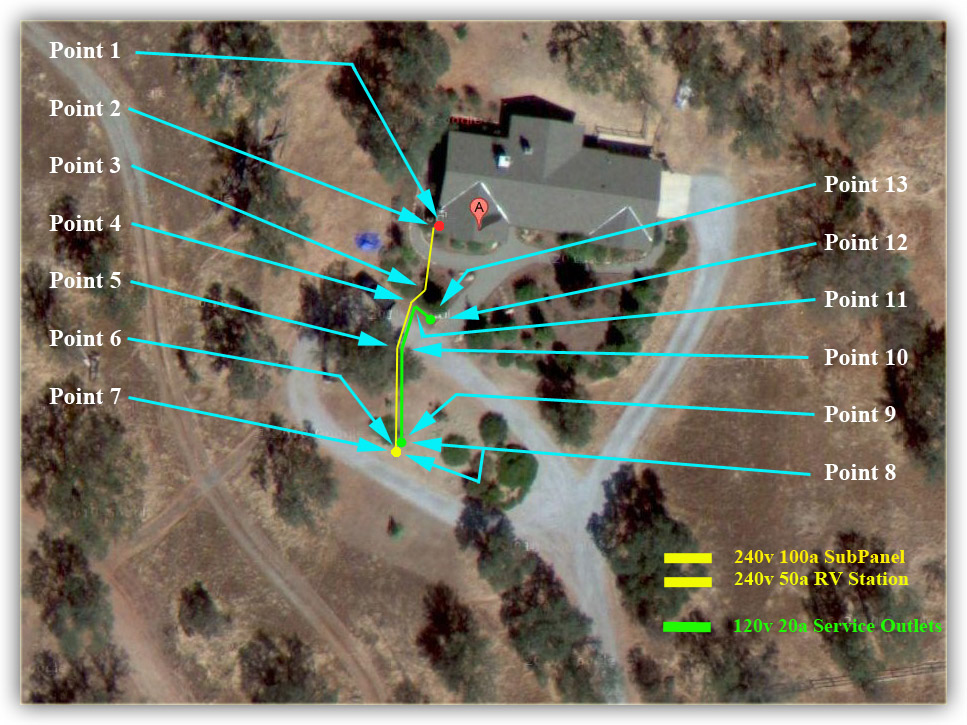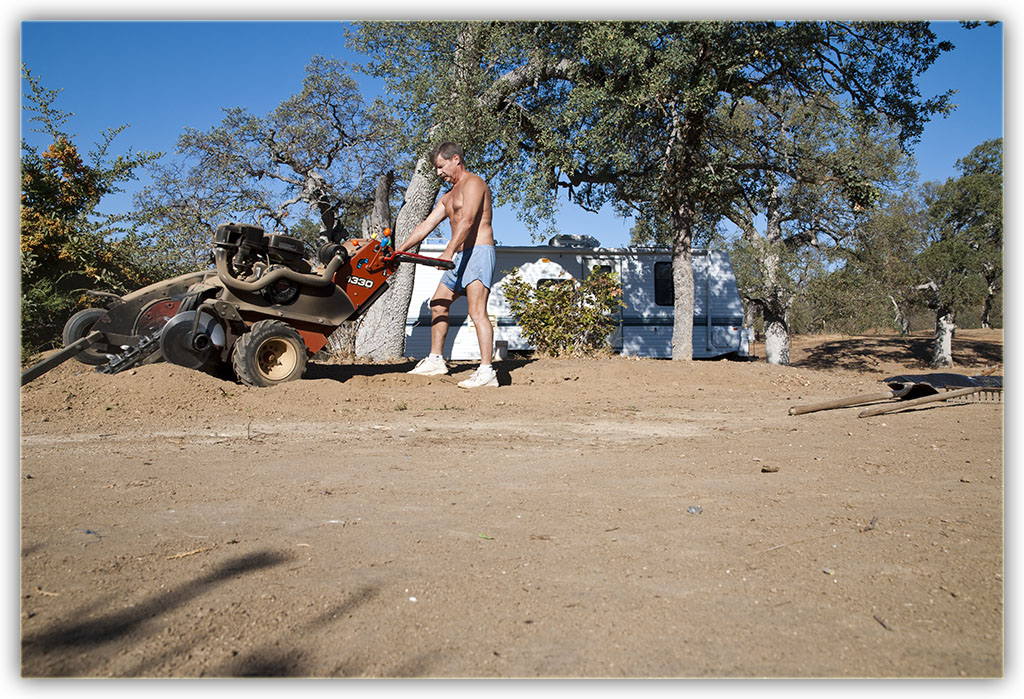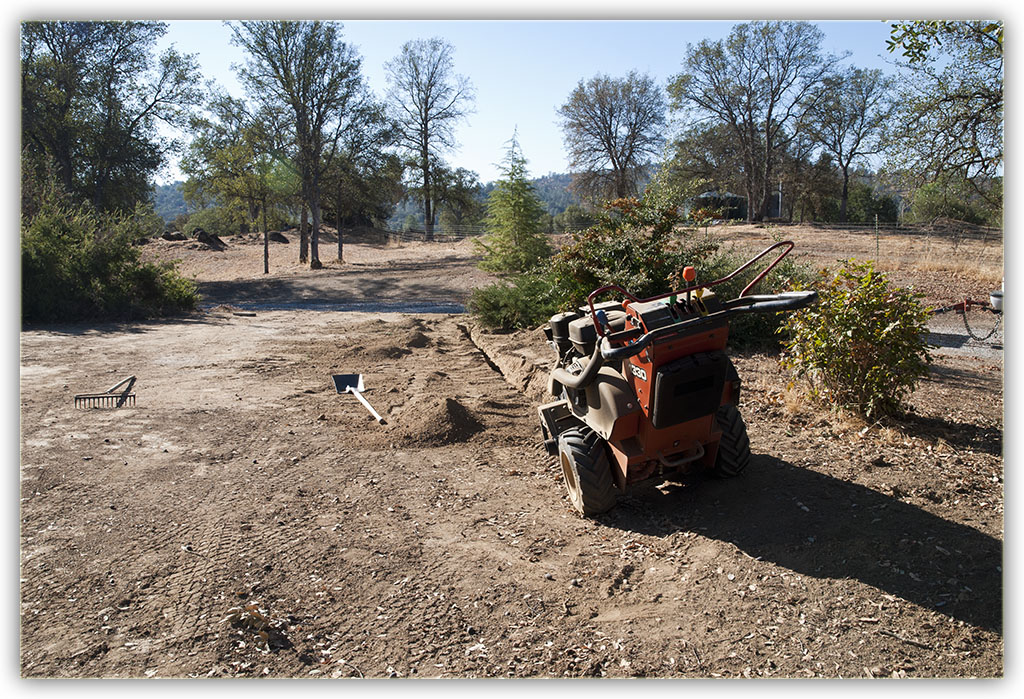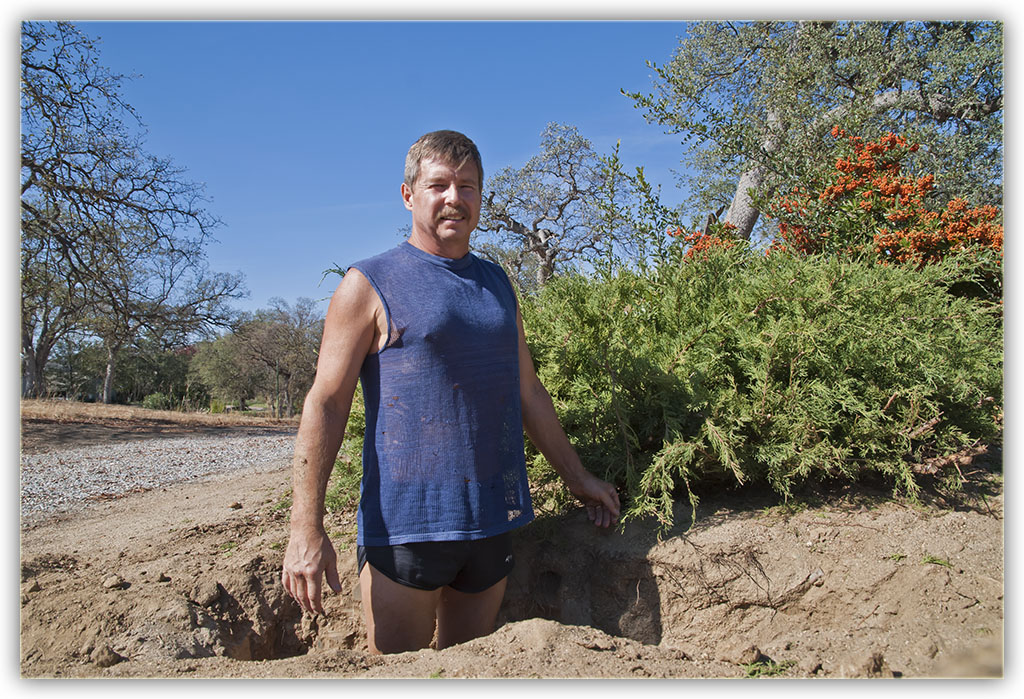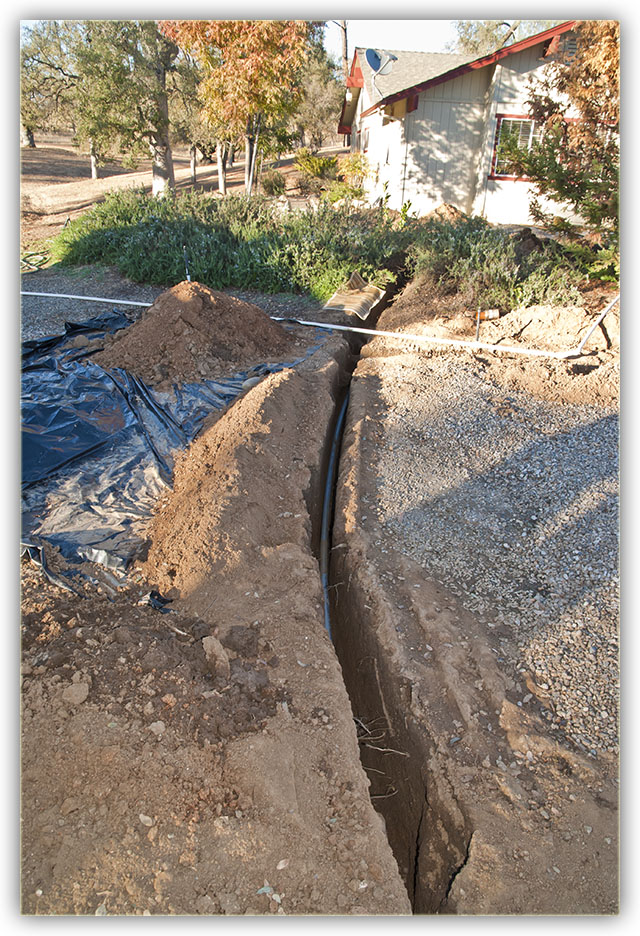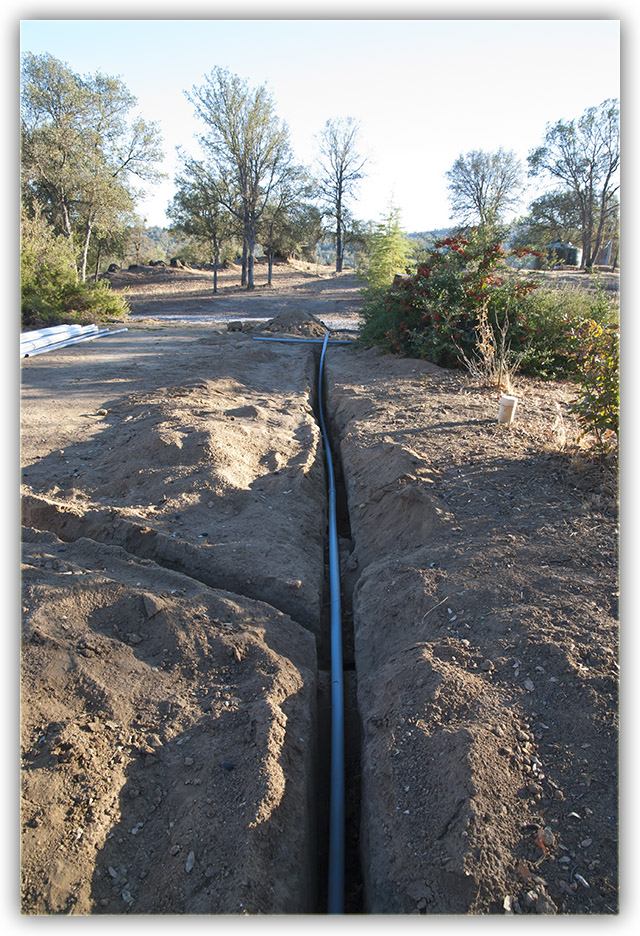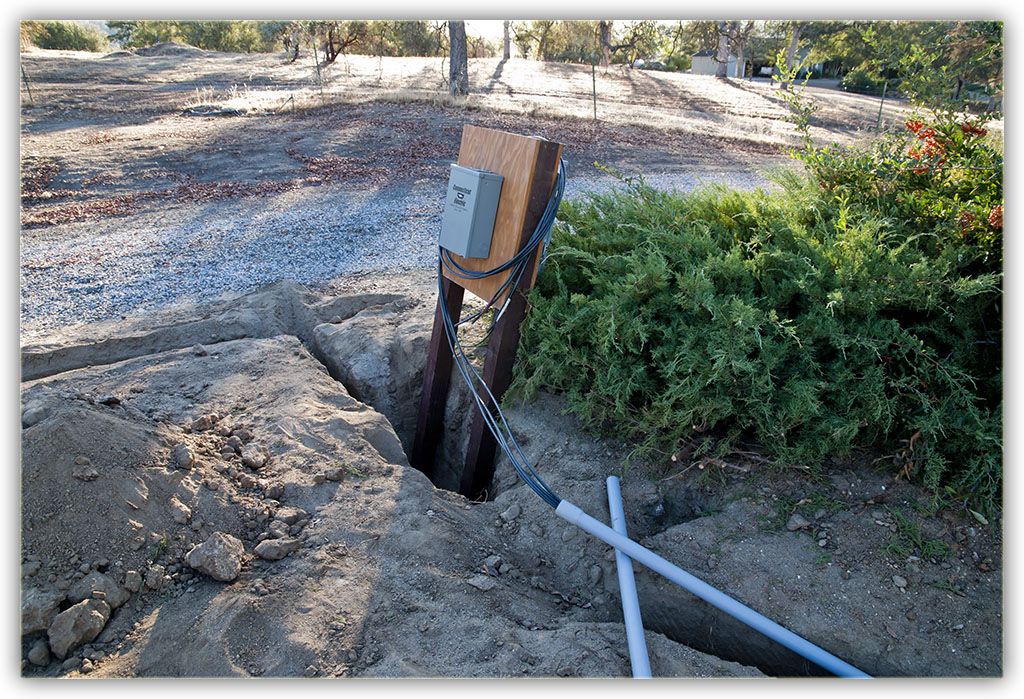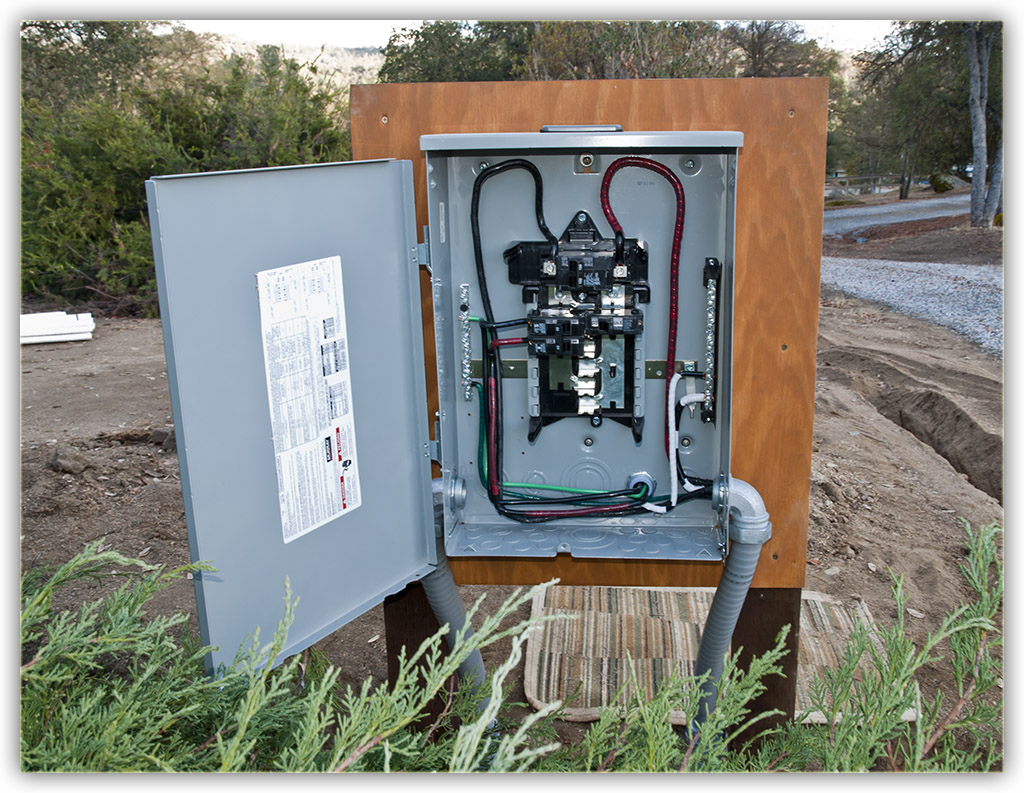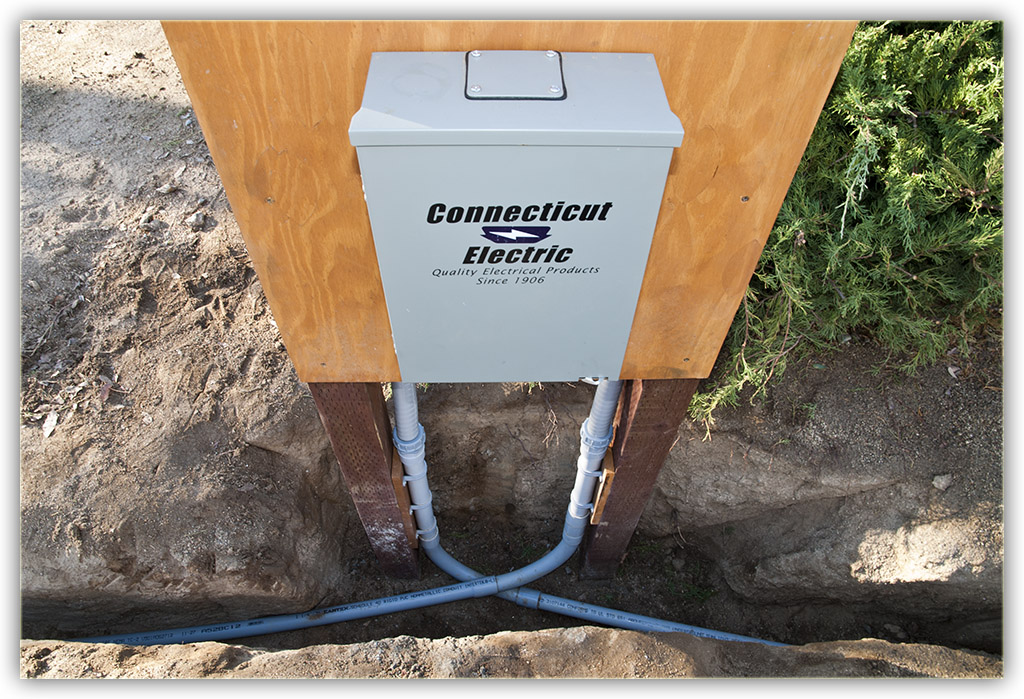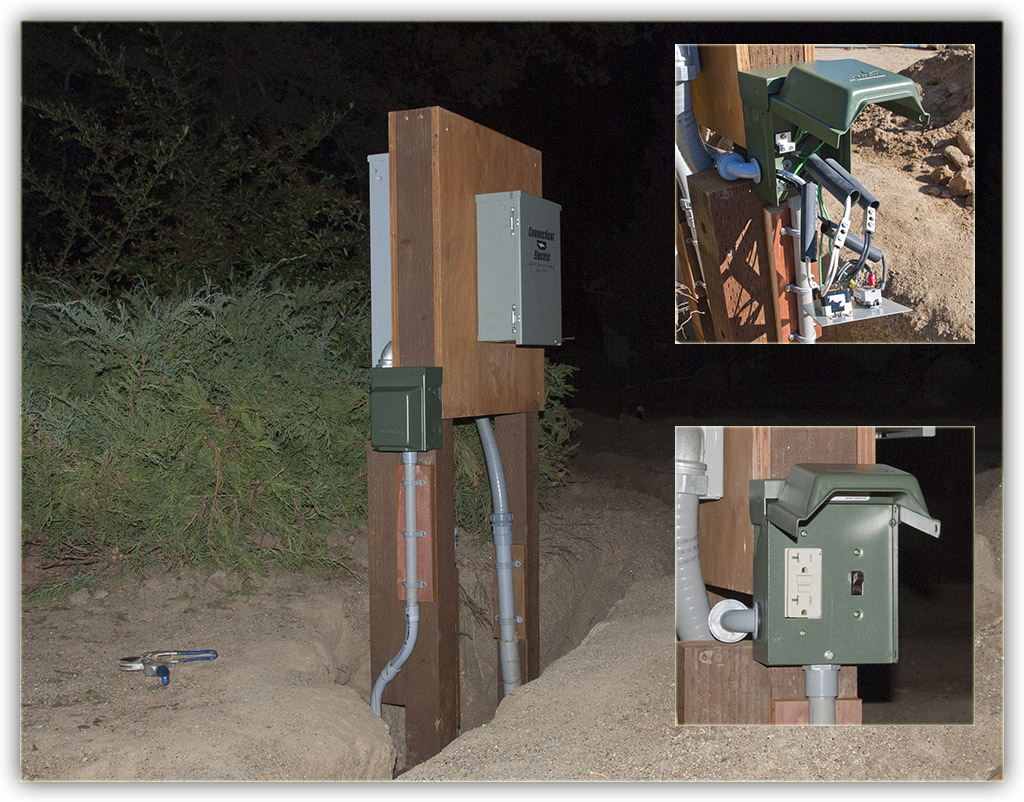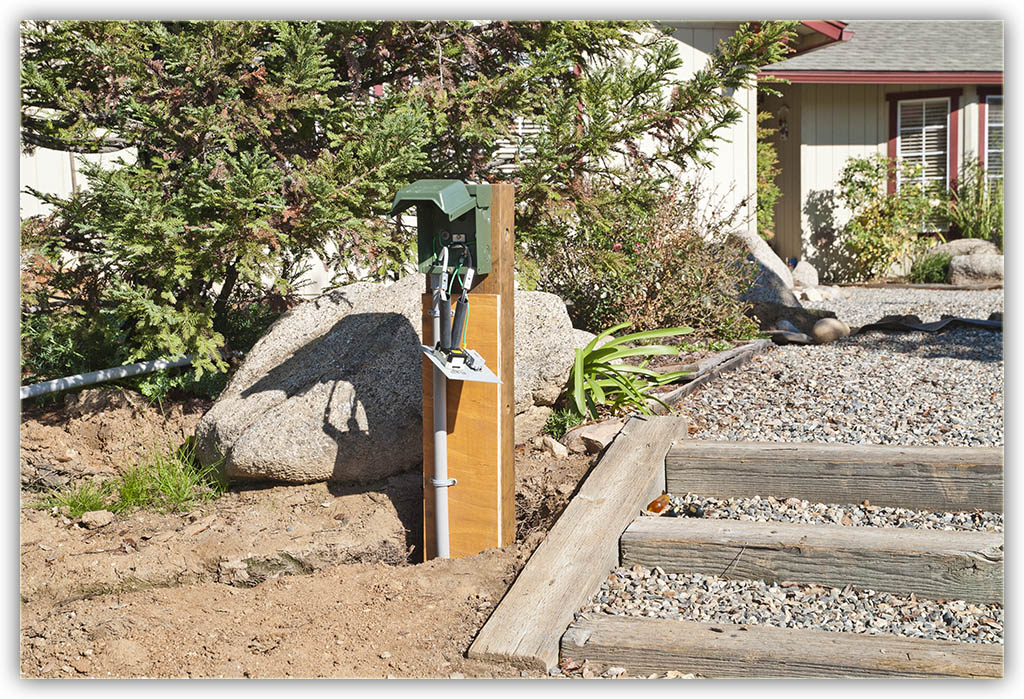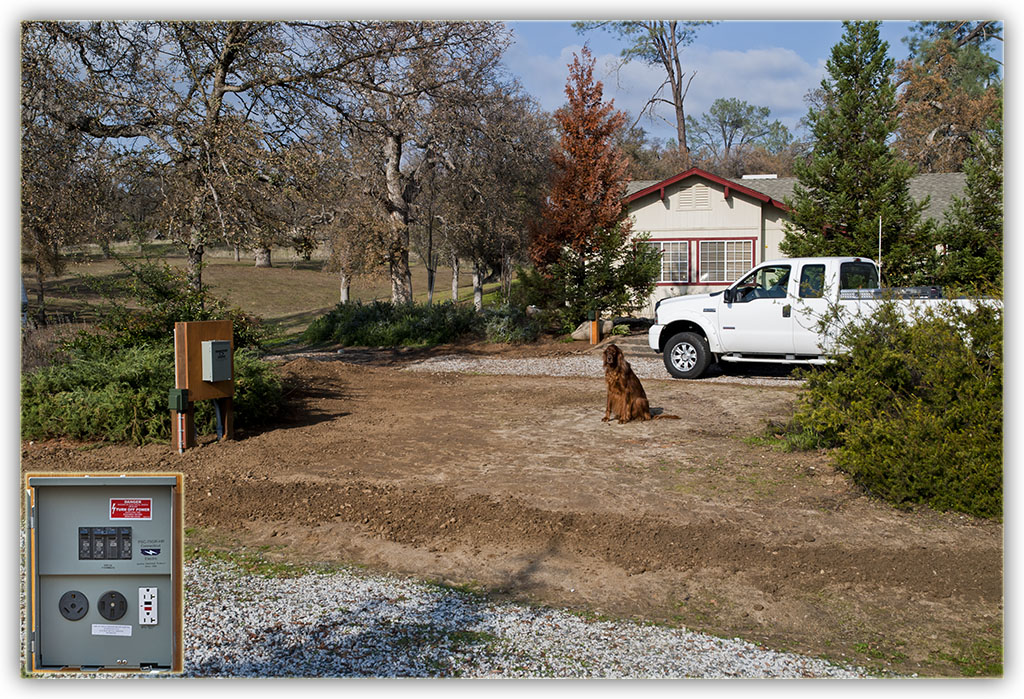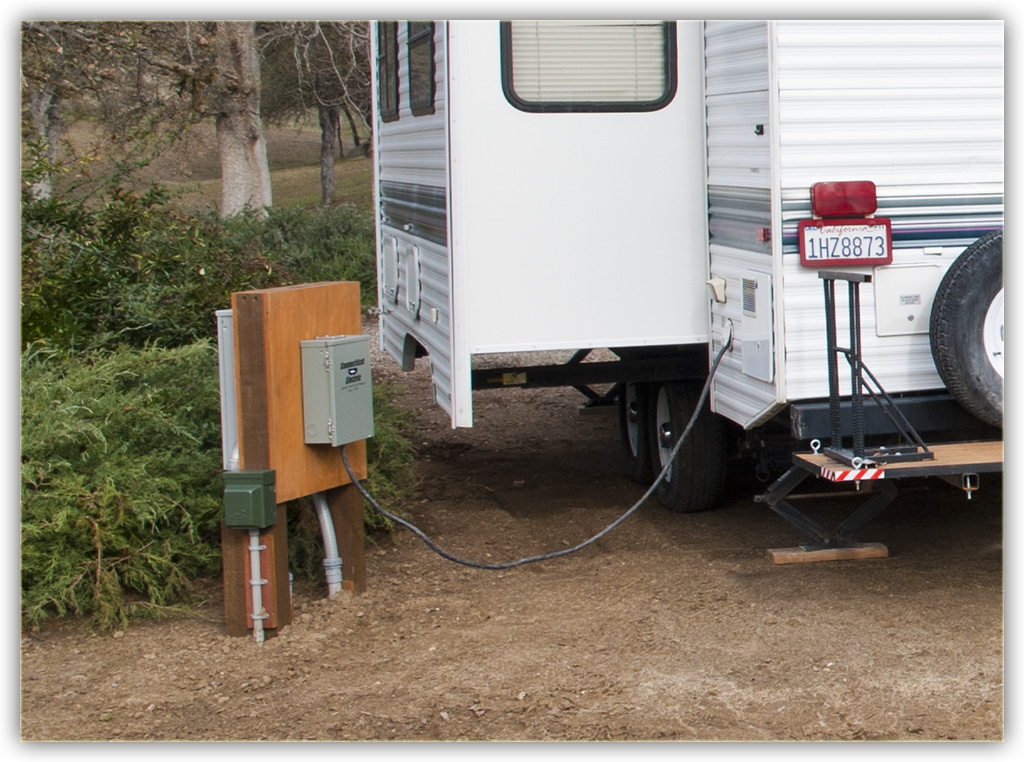

|
RV and Yard Electric
About the Photo Sequence
In the middle of the sprinkler system overhaul, with all the ditches opened up, I decided to switch gears and start another project: Outside Electrical Panels. I needed a full 240v 50a RV panel, and a 120v 20a yard tool circuit. Some day, I'll build a garage, so I also put a 240v 100a panel behind the RV panel and now I'm ready. In the few short months I've had it it has already proven to be quite a convenience. My friends with RVs can now park and visit and have full electrical and water hookups. Some day, the sewer line will be installed.
|
Photo Details
This photo sequence contains 13 frames. Each frame is a finite 1024 pixels wide but height was left to its own based on the crop. I based the picture size on an email program's display window asuming that the picture would not be automatically resized to fit. This technique kept the file size down, the largest being just less than 400k making it easy to send and receive through email. The file names are also numbered so they'll display in numerical order. All photos were taken with a Nikon D80.
Download Photo Project
|
|---|
